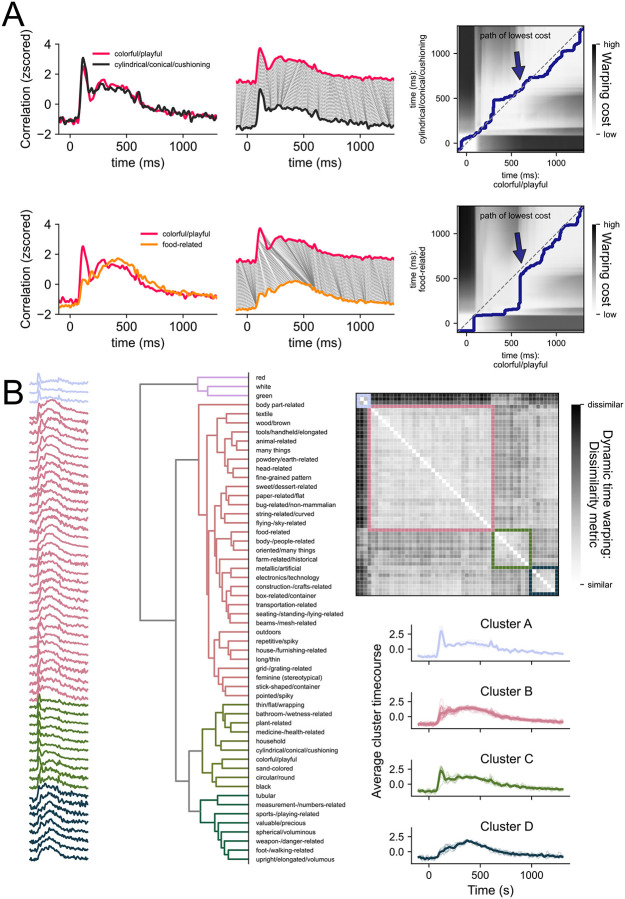Figure 4. Dynamic time warping (DTW) as a method to compare timeseries similarities and extract prototypical timeseries characteristics.
(A) shows the DTW approach for two pairs of timeseries. The correlations were scaled and plotted over time (left panel). DTW assesses how much one timeseries needs to be warped to resemble the other one (middle panel). This warping cost can be established by calculating the Euclidean distance between all timepoints (top right panel) to assess dissimilarity. The path of lowest cost describes the path through the matrix that minimizes the warping costs while adhering to some rules (see Methods). To summarize the warping cost in a single number, we summed the Euclidean distances along the path as a dissimilarity measure. (B) shows the dissimilarity matrix containing the DTW similarity measures for timeseries pairs (right panel). Timeseries with low signal-to-noise ratio were excluded (see methods). Hierarchical clustering on this matrix allows us to sort the dimension timeseries (left panel) and dimensions labels (middle panel). Averaging the timeseries for each cluster (bottom right panel) allows to examine prototypical timeseries characteristics.

